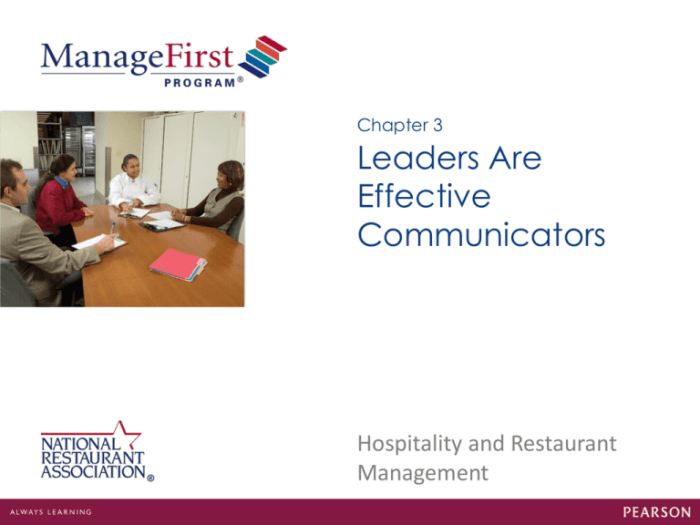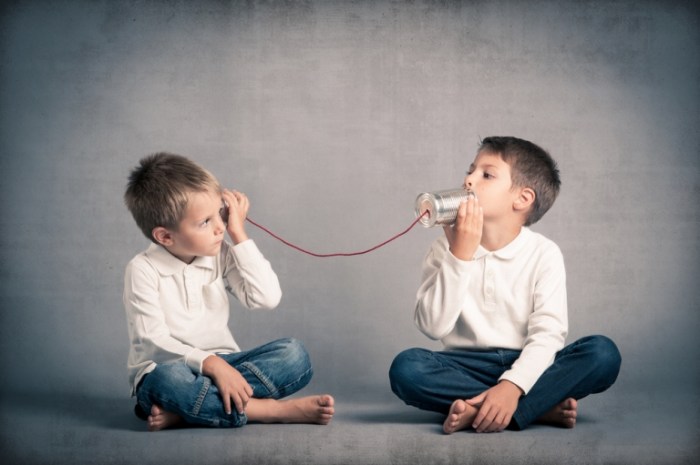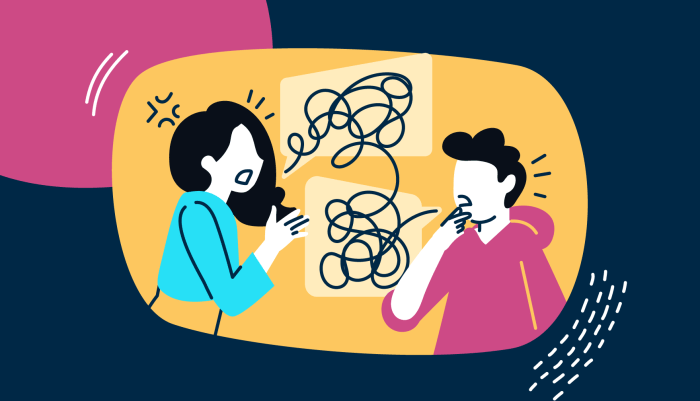Effective communicators gain trust by seeking to understand others’ – Effective communication is a cornerstone of trust-building, and understanding others is paramount. This article delves into the techniques, benefits, and challenges of seeking to understand others, providing practical insights for fostering trust and credibility in diverse communication contexts.
By actively listening, empathizing, and interpreting nonverbal cues, effective communicators demonstrate attentiveness and create a foundation for trust. Overcoming barriers such as cultural differences and language barriers requires bridging communication gaps and handling misunderstandings respectfully.
1. Effective Communication Techniques for Building Trust

Effective communicators prioritize understanding others, fostering trust and rapport. They employ active listening techniques to demonstrate attentiveness and empathy, which are crucial for building trust. Nonverbal cues such as maintaining eye contact, nodding, and mirroring gestures convey genuine interest and attentiveness.
Active Listening
- Paying undivided attention to the speaker
- Asking clarifying questions to ensure comprehension
- Paraphrasing or summarizing to show understanding
Empathy
- Putting oneself in the other person’s shoes
- Understanding their emotions and perspectives
- Responding with compassion and validation
Nonverbal Cues
- Maintaining eye contact
- Nodding to indicate understanding
- Mirroring gestures to show empathy
2. Overcoming Barriers to Understanding

Effective communication often faces barriers, such as cultural differences, language barriers, or preconceived notions. Understanding these obstacles and employing strategies to bridge communication gaps is crucial for building trust.
Common Barriers
- Cultural differences in communication styles
- Language barriers and translation difficulties
- Preconceived notions and biases
Bridging Communication Gaps, Effective communicators gain trust by seeking to understand others’
- Being aware of cultural differences and adjusting communication style
- Using clear and concise language, avoiding jargon or technical terms
- Employing interpreters or translation services when necessary
Handling Misunderstandings and Conflicts
- Addressing misunderstandings promptly and respectfully
- Seeking clarification and feedback to ensure understanding
- Using “I” statements to express feelings and perspectives
3. Benefits of Seeking to Understand

Seeking to understand others has numerous benefits, including increased trust, credibility, and improved relationships. Understanding leads to empathy and compassion, fostering positive interactions.
Increased Trust and Credibility
- When individuals feel understood, they are more likely to trust and believe in the communicator
- Demonstrating understanding builds credibility and establishes a foundation for effective communication
Positive Impact on Relationships and Collaborations
- Understanding fosters empathy and compassion, leading to stronger relationships
- In collaborations, understanding different perspectives and viewpoints enhances decision-making
Examples of Effective Communicators
- Leaders who prioritize active listening and empathy, building trust among their followers
- Negotiators who seek to understand the needs and interests of all parties, fostering mutually beneficial outcomes
4. Practical Applications in Different Contexts

Effective communication techniques can be applied in various contexts, including workplace interactions, negotiations, and interpersonal relationships. Understanding the nuances of each context is crucial for successful communication.
Workplace Interactions
- Active listening to understand colleagues’ perspectives and improve teamwork
- Empathy in resolving conflicts and fostering a positive work environment
Negotiations
- Seeking to understand the needs and interests of all parties involved
- Using clear and concise language to avoid misunderstandings
Interpersonal Relationships
- Empathy in understanding and supporting loved ones
- Active listening to enhance communication and strengthen bonds
5. Developing Your Understanding Skills
Developing strong understanding skills requires practice and self-reflection. Active listening, empathy, and a willingness to seek diverse perspectives are key elements.
Exercises and Activities
- Practicing active listening by paying undivided attention and asking clarifying questions
- Role-playing to develop empathy and understanding of different perspectives
Self-Reflection
- Reflecting on communication experiences to identify areas for improvement
- Seeking feedback from others to gain insights into their perceptions
Continuous Learning and Diverse Perspectives
- Attending workshops or training to enhance communication skills
- Reading books and articles on communication and psychology
- Seeking out and interacting with people from different backgrounds and perspectives
Top FAQs: Effective Communicators Gain Trust By Seeking To Understand Others’
What are the key elements of effective communication?
Active listening, empathy, and nonverbal cues that demonstrate attentiveness are crucial for effective communication.
How can we overcome barriers to understanding?
Identifying and addressing cultural differences, language barriers, and communication gaps can help bridge understanding.
What are the benefits of seeking to understand others?
Understanding others leads to increased trust, credibility, and positive relationships.
